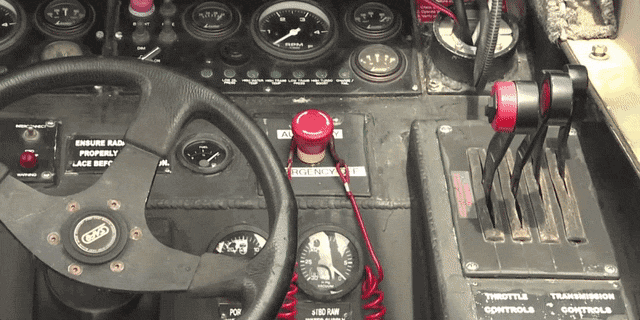The U.S. Navy is Testing Autonomous, Unmanned Swarmboats to Secure Its Harbors

The advancements in science and technology continue to keep people on the edge of their seats. The US Navy’s Office of Naval Research (ONR) only strengthened the above stated assumption by revealing their autonomous swarmboats that can both patrol and ensure the harbor safety. These inflatable boats utilize Control Architecture for Robotic Agent Command and Sensing (CARACaS) technology which allows the boats to coordinate strategies with remote human supervisors to evaluate and seize the targets on water.
Previously, James River in Virginia hosted a small sized fleet of CARACaS equipped Rigid-hulled inflatable boats (RHIB) that functioned on their own under human guidance. They managed to use the software, sensors, and control mechanism in order to achieve autonomous mobility. At this event, thirteen robotic boats were able to coordinate and synchronize with each other to carry out their task i.e. find their way through to isolate the opponent’s vessels while safeguarding their own Naval ships.
So, if this was all achieved back in 2014, what did ONR manage to accomplish this time? Well, this time they went one step further and broadened the scope of the ship by inculcating the ability to scan a large expanse of open water, shorelines and shipping lanes. This risky and expensive task was previously done by humans who put their lives in danger. Hence everyone was relieved when precious humans were replaced by these robots!
Commander Luis Molina, Military Deputy for ONR’s Sea Warfare and Weapons Dept. said that, ‘This demonstration showed some remarkable advances in autonomous capabilities. While previous work had focused on autonomous protection of high-value ships, this time we were focused on harbor approach defense. This technology allows unmanned Navy ships to overwhelm an adversary. Its sensors and software enable swarming capability, giving naval warfighters a decisive edge.’
The entire team behind this autonomous swarmboat project is pleased because this time, the boats were able to synchronize at a higher level by making use of new robotic behavior, strategies and an improved visual automated vessel categorization. Similarly, the field tests were deliberately made difficult in order to witness the maximum potential of these swarmboats. This was done by allocating different tasks such as recognizing unknown vessels, intercepting them, analyzing them and declaring them suspicious or harmless accordingly. Moreover, the coordination amid these boats was tested as well and the results were phenomenal! The swarmboats took each intercepted vessel’s place in order to continue surveillance and send real-time data to the shore supervisor.
Let’s just hope we never go face-to-face with these swarmboats!
Source: ONR